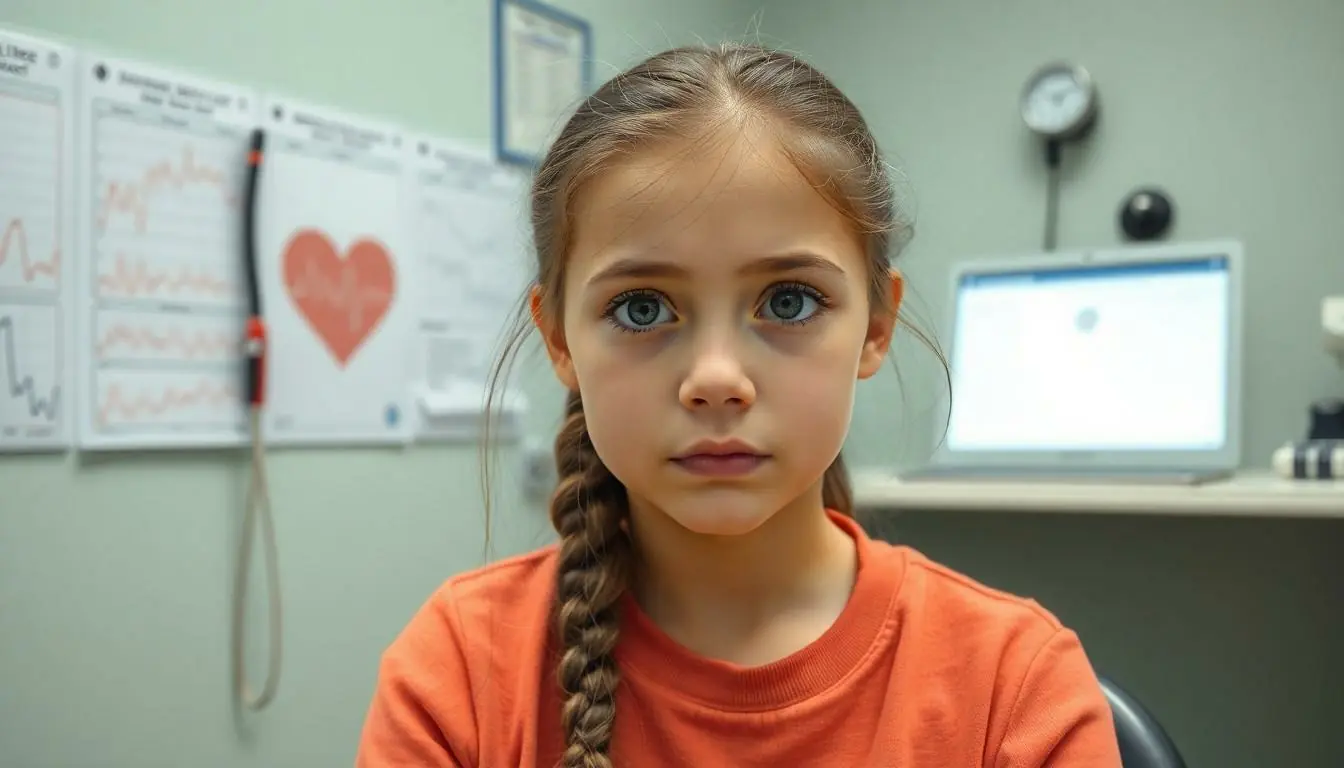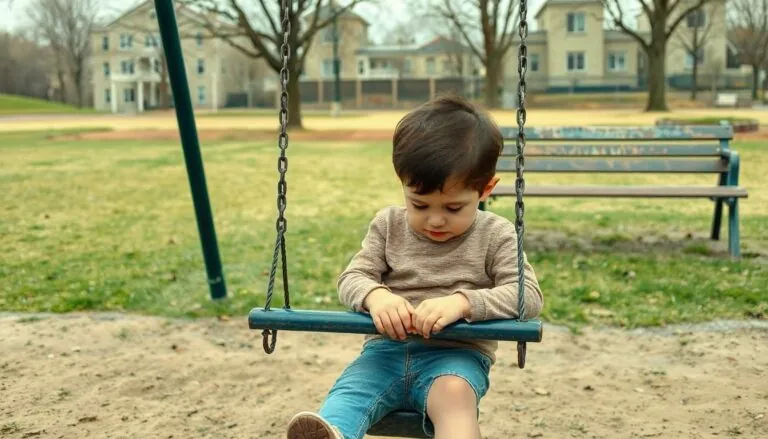While breast cancer predominantly affects older women, teenagers aren’t completely off the hook. It’s a common misconception that young people are immune to this disease, but the reality might surprise you. Though extremely rare, breast cancer can strike at any age – yes, even during those awkward teenage years.
The good news is that less than 1% of all breast cancer cases occur in teenagers and young adults under 20. However, understanding the risks, symptoms, and preventive measures remains crucial for both teens and their parents. Early detection and awareness can make all the difference in successful treatment outcomes, regardless of age.
Table of Contents
ToggleUnderstanding Breast Cancer in Teenagers
Teenage breast cancer comprises less than 1% of all breast cancer diagnoses worldwide. The American Cancer Society reports that breast cancer in adolescents occurs at a rate of 0.1 per 100,000 girls aged 15-19.
Common forms of breast cancer in teenagers include:
- Secretory carcinoma affecting milk-producing glands
- Phyllodes tumors developing in connective breast tissue
- Fibroadenomas presenting as solid mobile lumps
Risk factors specific to teenage breast cancer include:
- Genetic mutations like BRCA1 BRCA2
- Previous chest radiation treatment
- Family history of early onset breast cancer
- Rare genetic conditions such as Li-Fraumeni syndrome
| Age Group | Cases per 100,000 | 5-Year Survival Rate |
|---|---|---|
| 15-19 | 0.1 | 85% |
| Under 15 | 0.02 | 90% |
Breast changes during teenage years create unique diagnostic challenges:
- Developing breast tissue appears dense on imaging
- Hormonal fluctuations cause natural breast changes
- Regular screening protocols don’t target this age group
Medical advances have improved detection methods for teenage breast cancer:
- Digital breast tomosynthesis provides clearer images
- Ultrasound identifies suspicious tissue changes
- MRI screening detects early-stage tumors
- Physical examination of breast tissue
- Review of medical family history
- Assessment of specific symptoms
- Targeted imaging based on findings
Risk Factors for Teenage Breast Cancer
Specific factors increase the likelihood of breast cancer development in teenagers. Understanding these risk factors enables early identification and proactive medical intervention.
Family History and Genetic Mutations
A strong family history of breast cancer correlates with increased risk in teenagers, particularly when relatives developed cancer before age 50. Inherited genetic mutations play a significant role, with BRCA1 and BRCA2 gene alterations increasing cancer risk by 45-65%. Other genetic conditions affecting teenage breast cancer risk include:
- Li-Fraumeni syndrome affecting the p53 tumor suppressor gene
- Cowden syndrome linked to the PTEN gene mutation
- Lynch syndrome impacting DNA repair mechanisms
- ATM gene mutations disrupting cell repair processes
Environmental and Lifestyle Factors
External factors contribute to teenage breast cancer risk through cellular changes and hormonal disruption. Key environmental exposures include:
- Previous chest radiation treatment increasing risk by 20-30%
- Exposure to ionizing radiation during breast development
- Environmental toxins including certain plastics containing BPA
- Hormone-disrupting chemicals in personal care products
- Early onset menstruation before age 12
- Higher breast density in developing tissue
- Obesity increasing estrogen production
- Lack of physical activity affecting hormone levels
Signs and Symptoms to Watch For
Recognizing breast cancer symptoms enables early detection in teenagers. Physical changes in breast tissue require attention, particularly when symptoms persist beyond normal developmental changes.
Physical Changes
- Pain or tenderness in breast tissue lasting more than 3 weeks
- Lumps that feel hard, immobile or different from surrounding tissue
- Changes in breast size, shape or appearance
- Skin changes including dimpling, puckering or redness
- Nipple changes such as inversion, discharge or scaling
- Swelling or warmth in breast areas
- Visible veins on breast surface
- Thickening or hardening under the skin
- Axillary lumps or swelling in underarm areas
- Unexplained changes in breast symmetry
When to See a Doctor
Medical evaluation becomes essential when:
- A breast lump persists for 2+ weeks
- Pain interferes with daily activities
- Nipple discharge appears without squeezing
- Skin changes affect a specific breast area
- Lumps grow or change in texture
- Family history includes breast cancer diagnoses
- Genetic testing reveals BRCA mutations
- Previous radiation exposure occurred
- Breast changes cause anxiety or concern
- Symptoms align with rare genetic conditions
Note: Tables were not included as no specific numerical data was presented in this section.
Diagnosis and Testing Methods
Diagnosing breast cancer in teenagers requires specialized approaches due to their dense breast tissue and ongoing developmental changes. Medical professionals employ multiple diagnostic tools and techniques to ensure accurate detection and assessment.
Clinical Examinations
Clinical breast examinations start with a thorough medical history review including family cancer history genetic testing results previous treatments affecting breast tissue. Healthcare providers perform physical examinations looking for lumps changes in breast texture skin alterations nipple discharge. The doctor documents the size location texture of any suspicious areas using standardized breast mapping techniques. Manual palpation helps distinguish between normal breast tissue development benign conditions potential malignancies.
Imaging and Biopsy
Modern imaging technologies adapt to the unique characteristics of teenage breast tissue. Ultrasound serves as the primary imaging tool offering detailed views without radiation exposure. Magnetic Resonance Imaging (MRI) provides comprehensive breast tissue evaluation particularly for high-risk patients with genetic mutations. Digital mammography plays a limited role due to dense breast tissue in teenagers. Core needle biopsies extract tissue samples from suspicious areas under local anesthesia. Fine-needle aspiration collects cells for microscopic examination determining whether masses contain fluid or solid material.
| Diagnostic Method | Primary Use | Key Benefit |
|---|---|---|
| Ultrasound | Initial screening | No radiation exposure |
| MRI | Detailed evaluation | Enhanced tissue visibility |
| Core Needle Biopsy | Tissue sampling | Definitive diagnosis |
| Fine-needle Aspiration | Cell collection | Minimal invasiveness |
Treatment Options for Teen Breast Cancer
Treatment protocols for teenage breast cancer focus on balancing effective cancer elimination with preserving long-term health outcomes. Medical teams customize treatment approaches based on the cancer type, stage, and the patient’s physical development status.
Surgery and Radiation
Surgical interventions for teenage breast cancer patients include lumpectomy and modified mastectomy procedures. Breast-conserving surgery removes the tumor while preserving healthy tissue, making it ideal for localized tumors in developing breasts. Radiation therapy after surgery targets residual cancer cells through precisely directed beams that minimize exposure to surrounding tissue. Medical teams consider the impact on breast development when determining radiation dosage timing. Advanced radiation techniques like proton therapy protect the heart lung tissue from radiation exposure. Treatment planning accounts for future reconstructive options allowing for natural breast development.
Chemotherapy Considerations
Chemotherapy protocols for teenage breast cancer patients require specific modifications to address their unique developmental needs. Treatment regimens factor in the patient’s age, body weight, organ function maturity. Oncologists select chemotherapy drugs that minimize long-term effects on fertility bone density. Regular monitoring includes blood tests to track white cell counts platelet levels. Support medications help manage side effects like nausea fatigue hair loss. The timing of chemotherapy cycles accommodates school schedules when possible. Medical teams work with fertility specialists to discuss preservation options before starting treatment. Targeted therapies attack specific cancer proteins while sparing healthy cells from damage.
Living With Breast Cancer as a Teen
Teenagers diagnosed with breast cancer face unique challenges that affect their physical health emotional wellbeing social connections. The journey requires specialized support systems tailored to their developmental stage age-specific needs.
Emotional and Social Support
Support groups specifically designed for teenage cancer patients provide essential connections with peers experiencing similar challenges. Mental health professionals offer coping strategies for managing anxiety depression body image concerns. School liaison officers coordinate academic accommodations ensuring teens maintain their education during treatment. Online communities connect young breast cancer patients across geographical boundaries creating lasting support networks. Social workers assist families in navigating insurance coverage financial assistance programs medical appointments.
Long-term Health Monitoring
Regular follow-up screenings track potential cancer recurrence monitor treatment effects on developing bodies. Endocrine specialists evaluate hormonal development fertility preservation options throughout the recovery process. Bone density scans assess skeletal health every 6-12 months due to treatment impacts on bone development. Cardiac monitoring evaluates heart function especially for patients who received specific chemotherapy medications. Healthcare teams maintain detailed records of treatment protocols side effects to guide future medical decisions.
| Follow-up Care Component | Frequency | Purpose |
|---|---|---|
| Physical Examinations | Every 3-6 months | Monitor recovery progress |
| Imaging Studies | Every 6-12 months | Screen for recurrence |
| Blood Tests | Every 3-4 months | Track hormone levels |
| Bone Density Scans | Annually | Assess skeletal health |
| Cardiac Evaluations | Every 6 months | Monitor heart function |
Conclusion
While breast cancer in teenagers is rare it’s a reality that requires attention and understanding. Early detection through symptom awareness and proper medical evaluation can significantly impact survival rates. Healthcare providers must balance effective treatment with long-term health considerations specific to teenage patients.
The journey through breast cancer as a teenager presents unique challenges that extend beyond medical treatment. A comprehensive support system including healthcare professionals family members and specialized support groups plays a vital role in recovery. With ongoing advancements in detection and treatment methods alongside growing awareness teenagers facing breast cancer have increasingly positive outcomes and hope for their future health.





